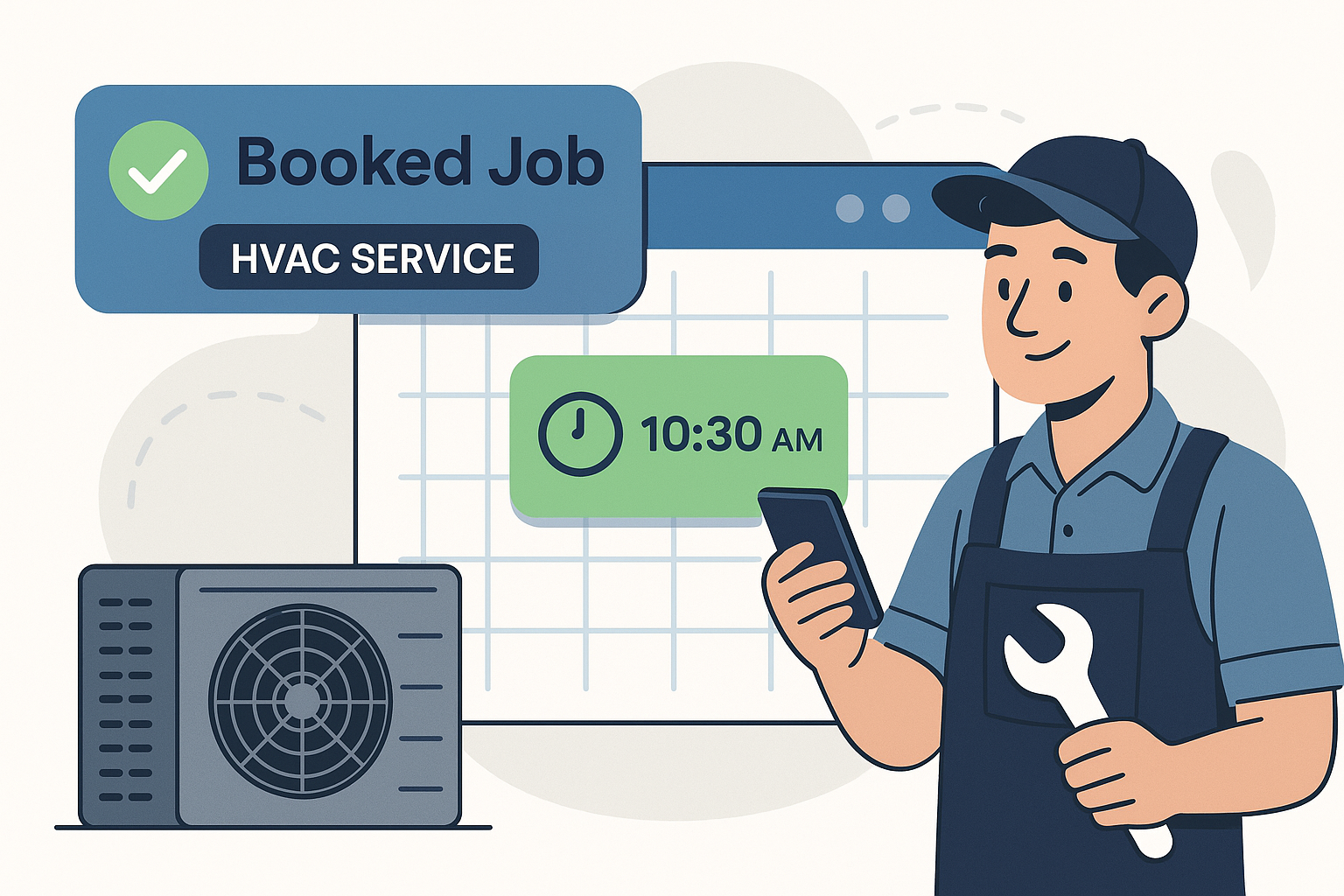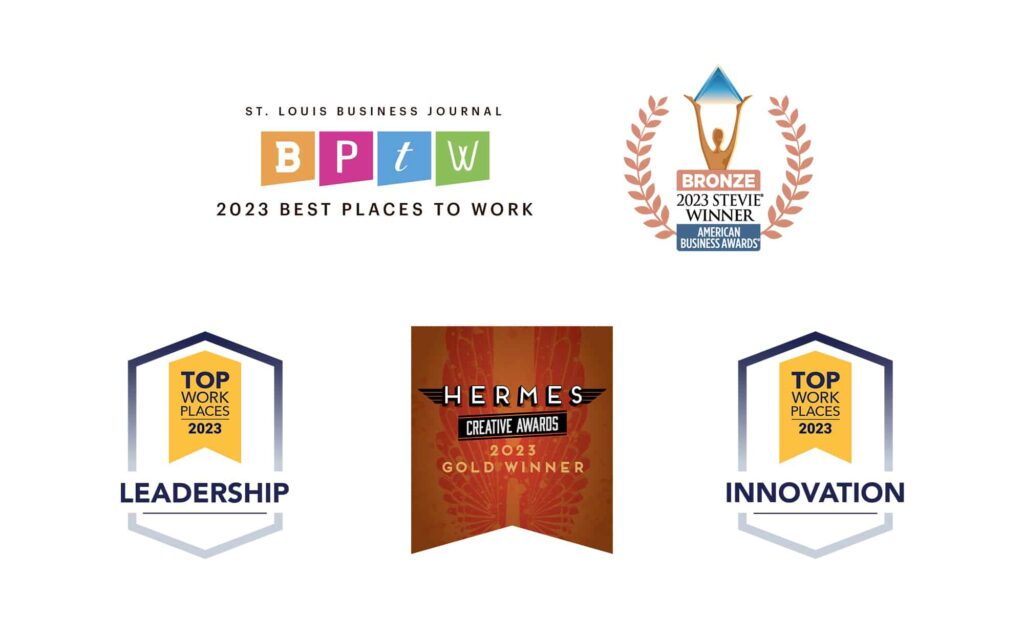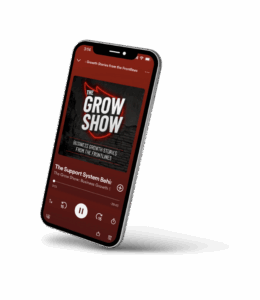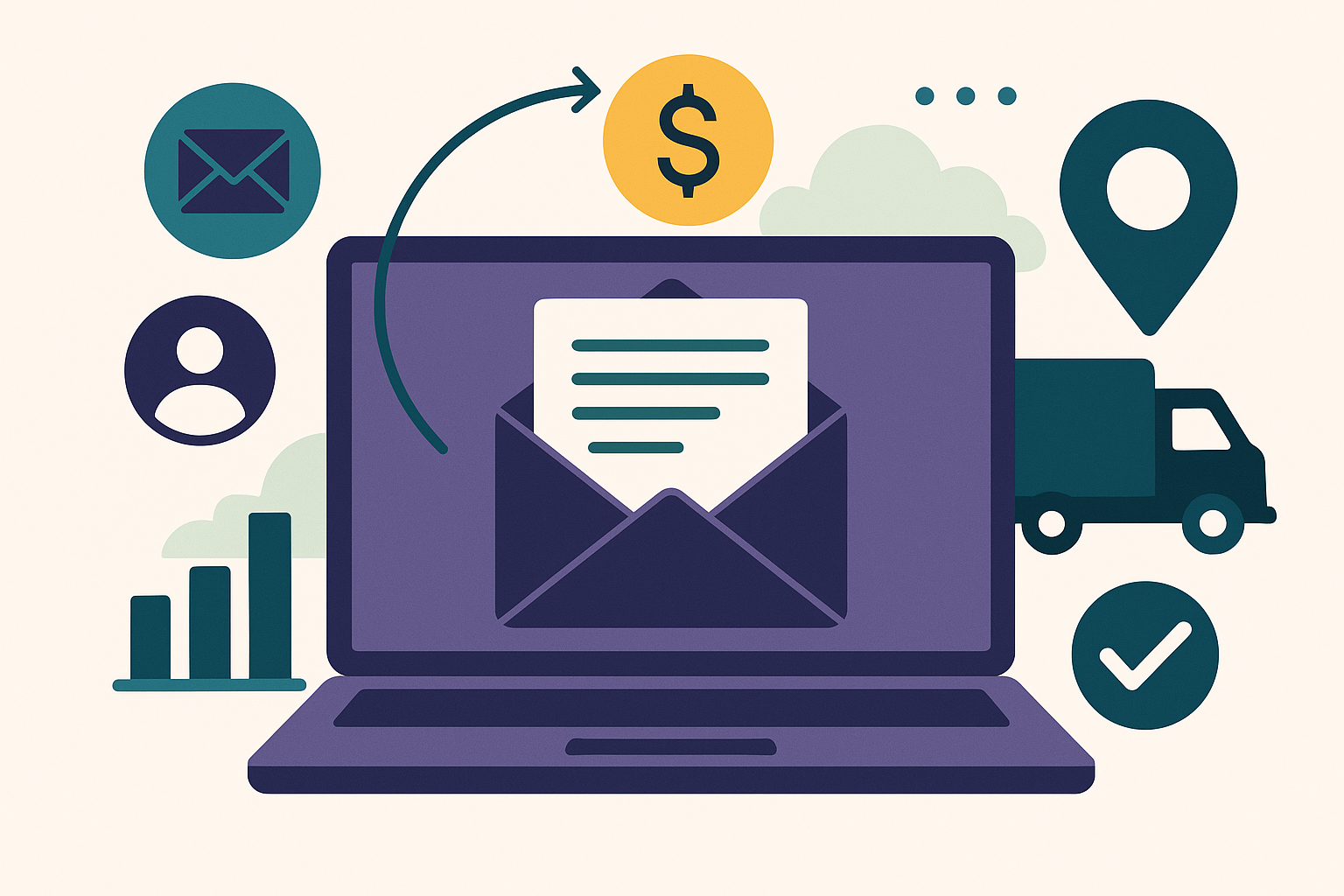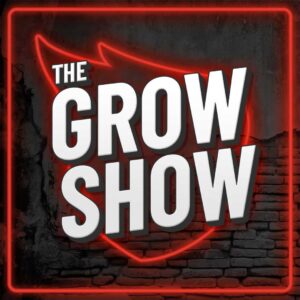For logistics companies looking to scale, email marketing remains one of the most reliable and cost-effective tools to generate, nurture, and convert leads. Whether you operate a freight brokerage, 3PL warehouse, or integrated supply chain solution, email allows you to stay connected with prospects and clients through consistent, value-driven communication.
But email marketing for logistics companies goes far beyond newsletters and occasional promotions. To truly move the needle, your email strategy should include behavior-based drip campaigns, intelligent segmentation, hyper-personalized messaging, and proven follow-up cadences that guide leads through the buyer journey.
This article outlines exactly how to build and optimize email campaigns that align with the sales cycle of logistics buyers. We will walk through automation strategies, personalization tactics, content themes, and timing to help your marketing team support revenue growth with a repeatable, scalable system.
Contents
- 1 Why Email Marketing Matters for Logistics Companies
- 2 Building Blocks of Email Marketing for Logistics Companies
- 3 Email Content That Converts in the Logistics Space
- 4 Email Design Best Practices
- 5 Tools for Email Marketing in Logistics
- 6 Key Metrics to Measure
- 7 Common Mistakes to Avoid
- 8 When to Bring in Email Marketing Experts
Why Email Marketing Matters for Logistics Companies
Email remains a vital channel for B2B communication. For logistics providers, it offers a unique advantage: the ability to deliver targeted messages directly to decision-makers across operations, procurement, and supply chain management—at scale.
Here’s why email marketing is essential in the logistics industry:
- Long buying cycles: A single touchpoint won’t win a logistics deal. Email allows for consistent communication over time.
- High-value transactions: Freight, warehousing, and distribution services require trust. Email helps build credibility and stay top-of-mind.
- Low cost, high ROI: Compared to PPC or outbound calling, email offers an inexpensive way to engage large audiences with measurable results.
- Scalability: Automation lets you run complex sequences for different segments without adding headcount.
- Lead nurturing: Email helps move prospects from awareness to decision, especially when integrated with your CRM and sales strategy.
If you are not leveraging email marketing, you’re likely leaving qualified leads on the table.
Building Blocks of Email Marketing for Logistics Companies
To generate results, your email marketing strategy needs structure. Let’s look at the core components.
1. List Segmentation
Sending the same message to your entire database won’t work. Different buyers have different needs based on their industry, job title, location, and stage in the funnel.
Segment your list by:
- Industry vertical (retail, automotive, construction, healthcare, etc.)
- Service interest (FTL, LTL, 3PL warehousing, international freight, last-mile delivery)
- Geography (regional campaigns tailored to your service areas)
- Job role (Operations Manager vs. VP of Supply Chain)
- Lifecycle stage (new lead, MQL, active opportunity, customer)
With proper segmentation, you can tailor messaging to address specific pain points and value propositions.
2. Drip Campaigns
Drip campaigns are automated email sequences triggered by actions or timing. They help nurture leads over days or weeks and keep your brand present throughout the decision-making process.
Types of drip campaigns logistics companies should build:
A. Lead Nurture Campaign (Post-Download or Inquiry)
Triggered by: A website form fill, quote request, or resource download
Structure:
- Email 1 (Immediately): Thank you and introduce your company
- Email 2 (2 days later): Share a relevant case study
- Email 3 (5 days later): Educational blog or resource
- Email 4 (8 days later): Ask a discovery question and prompt a meeting
- Email 5 (12 days later): Share a client testimonial or result metric
- Email 6 (15 days later): Final follow-up with soft CTA
B. Re-Engagement Campaign
Triggered by: Inactive leads or cold prospects
Structure:
- Email 1: “Still looking for a logistics partner?” with recent success stories
- Email 2: Resource-based message (industry report, checklist)
- Email 3: “Should we close your file?” approach
C. New Customer Onboarding Campaign
Helps ensure a smooth transition and reinforces brand trust.
- Welcome message
- Service overview and contact info
- Timeline for first project or shipment
- Helpful FAQs
3. Personalization That Goes Beyond First Name
Basic personalization like “[First Name]” is not enough to stand out in a crowded inbox. Your email content should reflect the recipient’s industry, challenges, and geography whenever possible.
Personalization strategies:
- Mention the recipient’s industry or known pain points
“We’ve helped retailers like yours reduce warehouse turn times by 22%.” - Reference location-based challenges
“Many California-based shippers are facing port congestion delays—here’s how we’re helping them stay on schedule.” - Include known company size or shipping volume in your messaging
“For companies shipping over 100 truckloads per month, our custom routing solution can cut costs by 12%.”
Use dynamic content blocks in your email platform to automate these variations based on segmentation data.
4. Follow-Up Cadences
Even with great emails, responses don’t always come right away. That’s why follow-up is essential.
Your cadence should include a mix of automated and manual outreach, coordinated with sales reps and CRM triggers.
Sample follow-up cadence for inbound leads:
| Day | Action |
| 0 | Send thank-you email (automated) |
| 2 | Educational resource email (automated) |
| 3 | Phone call follow-up (sales rep) |
| 5 | Value-driven case study email |
| 7 | LinkedIn connection request |
| 9 | Break-up email with optional CTA |
Coordinate with your CRM so the cadence pauses if a lead replies or books a meeting.
Email Content That Converts in the Logistics Space
The right structure means nothing without the right message. Your email copy must resonate with logistics buyers and speak their language.
Key content themes:
- Cost savings
“How a CPG client reduced freight costs by 18% in 90 days.” - Reliability
“98.6% on-time delivery across 3,000 loads last quarter.” - Visibility
“Track shipments in real-time with our TMS integration.” - Scalability
“Support seasonal surges without long-term commitments.” - Compliance
“Ensure cross-border shipping compliance with automated documentation support.”
Effective email formats:
- Case studies with short summaries and metrics
- Checklists or how-to guides
- Benchmark data on freight costs, transit times, etc.
- Webinar invites on logistics best practices
- FAQs answering common prospect questions
Keep it concise. Your emails should take no more than 60–90 seconds to read.
Email Design Best Practices
While logistics buyers are not looking for flashy design, a clean, professional layout improves readability and conversions.
Keep in mind:
- Use mobile-friendly layouts
- Highlight your CTA button or link
- Include your logo and contact information
- Keep paragraphs short with white space
- Add a client logo or testimonial when possible
Avoid over-designed templates that slow loading times or trigger spam filters.
Tools for Email Marketing in Logistics
To run campaigns efficiently and track performance, use email marketing tools that support automation, segmentation, and CRM integration.
Popular platforms:
- HubSpot: Great for automated sequences, contact scoring, and CRM sync
- Mailchimp: Easy to use for small teams; ideal for basic automation
- ActiveCampaign: Strong automation and personalization features
- Klaviyo: Works well with eCommerce logistics providers
- Constant Contact: Simple list management and templates
Make sure your platform supports list segmentation, campaign tracking, and reporting on open rates, CTR, and conversions.
Key Metrics to Measure
Your email marketing strategy should be data-driven. Regularly track these KPIs:
- Open rate: Aim for 25–35% depending on your list quality
- Click-through rate (CTR): Target 2–5% on content-heavy emails
- Reply rate: Especially for more conversational or outbound-style emails
- Conversion rate: Percentage of recipients booking a call or submitting a form
- Unsubscribe rate: Should stay below 1% to indicate healthy list engagement
- Bounce rate: Keep below 2% by maintaining clean, verified lists
Use A/B testing on subject lines, copy, and CTAs to improve performance over time.
Common Mistakes to Avoid
Even with good tools and content, many logistics companies struggle with execution. Watch out for these common pitfalls:
1. Sending too often—or not often enough
Inconsistent or overly aggressive sending hurts engagement. A cadence of one to two emails per week is ideal for nurturing.
2. Ignoring inactive segments
Regularly clean your list. Remove or re-engage contacts who haven’t opened in 90+ days.
3. Overloading your emails
Stick to one clear message per email. Too many topics reduce clarity and impact.
4. Forgetting mobile optimization
Most emails are opened on phones. Test your designs before sending.
5. Not syncing with sales
Your email team and sales reps should work from the same contact data, timelines, and campaign goals.
When to Bring in Email Marketing Experts
If your internal team lacks the time, tools, or expertise to manage email marketing, consider outsourcing. A partner experienced in logistics lead generation can:
- Build your list and segmentation strategy
- Create high-converting content and templates
- Automate complex nurture sequences
- Align campaigns with your CRM and sales process
- Track results and optimize based on performance
The right agency or partner will help you turn email into a true revenue channel—not just a communications tool.

Madison Hendrix
Madison has worked in SEO and content writing at Abstrakt for over 5 years and has become a certified lead generation expert through her hours upon hours of research to identify the best possible strategies for companies to grow within our niche industry target audiences. An early adopter of AIO (A.I. Optimization) with many organic search accolades - she brings a unique level of expertise to Abstrakt providing helpful info to all of our core audiences.
- Madison Hendrix#molongui-disabled-link
- Madison Hendrix#molongui-disabled-link
- Madison Hendrix#molongui-disabled-link
- Madison Hendrix#molongui-disabled-link
